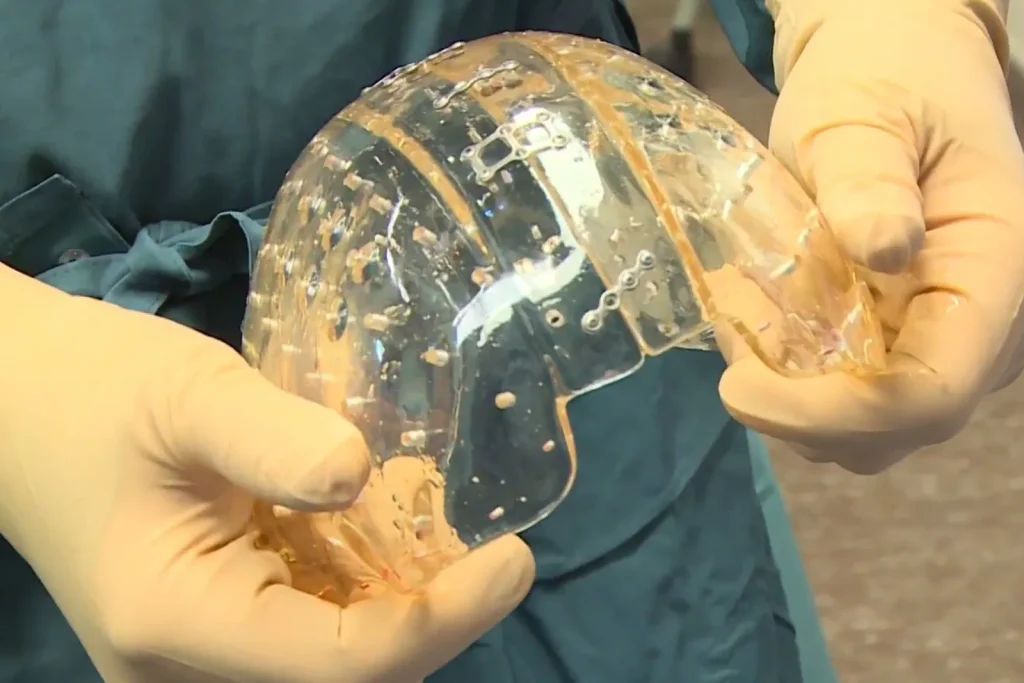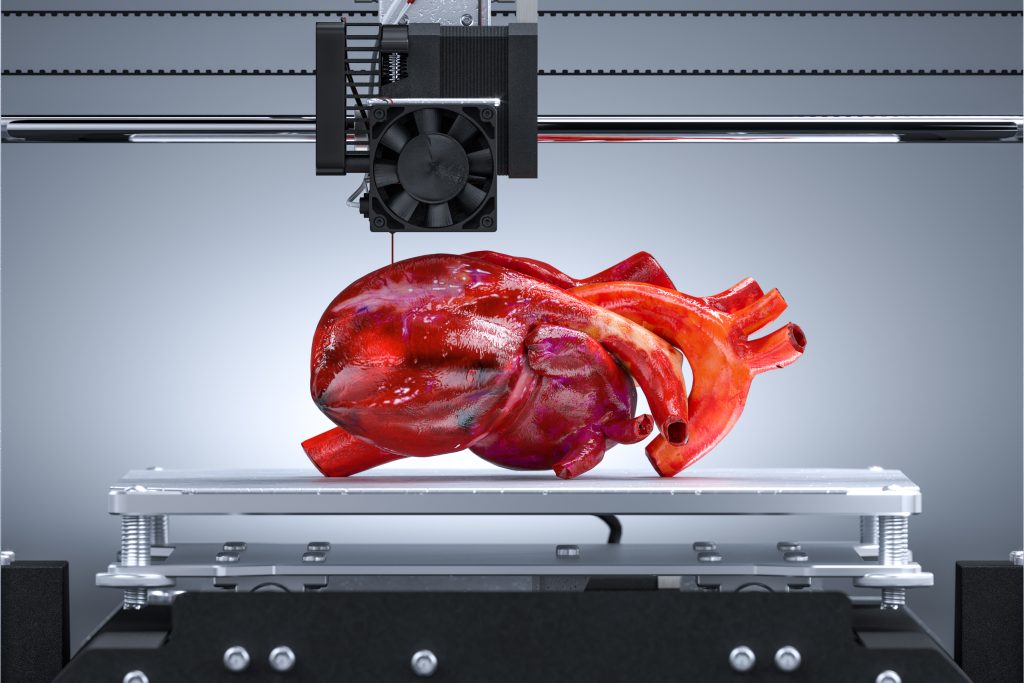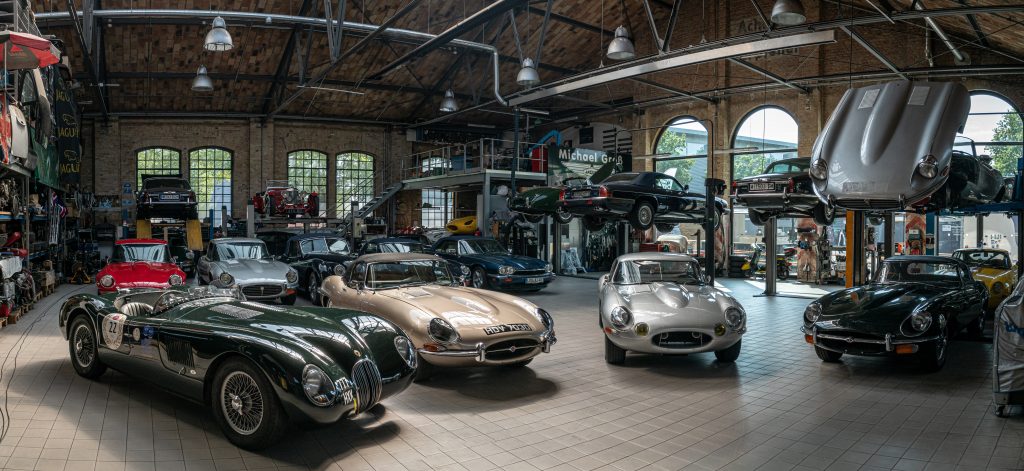The impacts of 3D printing are nothing short of extraordinary, with innovations spanning across industries and pushing the boundaries of what was once deemed impossible. However, the future of 3D printing has become even brighter. From the intricacies of medical advancements and the preservation of vintage vehicles with rare part replacements to expanding the horizons of construction, 3D printing is set to revolutionize the way we create, build, and design.
Customized Pharmaceuticals
With 3D printed prosthetics continuing to gain traction in the medical field, the possibilities that 3D printing bring to the industry continue to grow more and more remarkably. In fact, 3D printing has already made several large strides in the medical field.
In 2014, a 22-year-old woman in the Netherlands suffering from a chronic bone disorder had part of her skull removed and replaced with a 3D-printed one. In 2015, the antiepileptic drug Spritam became the first 3D-printed medication to be approved by the FDA. In 2020, a woman born with a misshapen ear was able to have a 3D-printed implant made from her very own cells.

In fact, the impressive strides 3D printing has made in the medical field go as far back as 1999, when the Wake Forest Institute for Regenerative Medicine was able to 3D print a bladder, cover it in the patient’s cells, and then implant it. As of 2018, the bladder was still fully functioning.
The remarkable possibilities don’t stop there.
One of the most promising aspects of 3D bioprinting is its potential to revolutionize personalized medicine. Medical professionals predict that there will soon come the day where they are able to create same-day custom medical devices while patients patiently sit in the waiting room, provide customized medications tailored to each patient’s needs, and create far more advanced 3D printed medical implants.
Imagine receiving a perfectly matched organ for transplantation, customized at the cellular level. While experts agree that our technology is not quite there yet, some say that we’re not too far off, potentially seeing the transplanting of complex human organs, such as hearts or lungs, and even cells, within the next 20 to 30 years.

In addition, 3D bioprinting is set to transform drug development by providing more accurate and realistic tissue models for testing. Traditional 2D cell cultures may not be able to capture all of the complexities of human tissues, but bioprinting allows for the creation of far more intricate structures, enhancing the reliability of drug screening and development processes.
This type of innovation could significantly reduce the risk of organ rejection, improve the overall success rates of such procedures, open unforeseen avenues for regenerative medicine, and provide accessible, cost-effective, life-saving, and life-changing medical equipment and medication to those who need it.
Rare Parts Replacement
Among the myriad exciting opportunities that come with 3D printing, rare parts replacement emerges as quite the industry game-changer, where the fusion of 3D printing and rare parts replacement not only preserves automotive heritage but also catalyzes a new era of accessibility and innovation within the world of vintage vehicle restoration.
In a typical situation, getting your hands on rare or discontinued parts for vintage or niche cars has been an intimidating challenge, often requiring extensive searches, costly custom manufacturing, or simply getting lucky by having the right network.
Metal-based 3D printing, coupled with flexible filaments, has the power to completely revolutionize how to approach the scarcity of these rare parts. 3D printing technology uses the exact reproduction of intricate and hard-to-find components with pinpoint accuracy, meaning that automotive enthusiasts and restoration specialists alike will be able to recreate vintage or niche components, ensuring the preservation of classic vehicles and offering a more efficient and sustainable solution to the sourcing of these parts.

Not only will 3D printing improve the automotive world with regard to recreating vintage or niche vehicles, but if parts (rare or not) are able to be produced swiftly, the same can be said for larger car parts. It’s not too far-fetched to say that we could be mass-producing fully customized 3D printed cars before we know it.
Building Dreams
Beyond the niche automotive community and medical field, 3D printing has already made strides in the construction industry. In 2021, Habitat for Humanity provided their first 3D-printed home to a family in Virginia. The 1,200-square-foot home took only 12 hours to build, saving upwards of a month of construction time for a traditionally built home.
The potential impact 3D printing can have on the housing crisis is quite profound. Traditional construction methods often struggle to keep up with the ever-increasing demand for affordable homes, leading to prices skyrocketing exponentially and a lack of housing availability. In fact, approximately 582,000 people are currently experiencing homelessness in the United States.
3D printing introduces a game-changing alternative, capable of rapidly constructing cost-effective and structurally sound houses, and for the construction of these houses in unconventional locations or challenging terrains, ultimately opening up new possibilities for urban planning and, in turn, reducing the number of communities in areas deemed unsuitable for traditional construction.

The impact on the housing crisis could be revolutionary, offering a glimpse of a world where everyone has a place to call home, built with precision, speed, and a touch of technological artistry.
Conclusion
In conclusion, the future of 3D printing holds immense promise, ushering in a new era of innovation and transformative possibilities across diverse industries. As we stand at the intersection of technology and progress, 3D printing is not just a tool but a catalyst for change, transforming the way we approach medicine, the preservation of automotive history, and construction. The journey into this bright future is marked by endless possibilities, where customization, efficiency, and creativity converge to shape a world where the unimaginable becomes reality.
